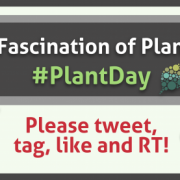
Fascination of Plants Day
Blog0 Comments
/
Hi @anavalladares @CPFreed @LauraMejia92 @rah107 @CPFreed@Humberto_Herrera,
thank you so much for making up the fantastic infographics for FOPD!
I am making up this post to compile them and what the social media text will look like.
I will make up an article with all of them in Open Forum…
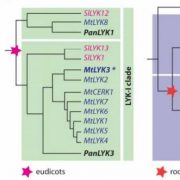
An evolutionary perspective on LysM receptors reveals conserved mechanisms for microbial signal perception
Blog, Plant Physiology, Plant Physiology: News and Views, ResearchLena Maria Müller
Boyce Thompson Institute
[email protected]
Plants are in constant contact with millions of microbes, which can be pathogenic or establish mutualistic interactions with the plant. One well-studied mutualistic interaction is the nodulation symbiosis of legumes with nitrogen-fixing…

Getting to the Root of Plant Morphometrics, one DEEP Picture at a Time
Blog, Research, The Plant Cell, The Plant Cell: In a NutshellHüther et al. develop a new pipeline to extract phenotypic traits from plant pictures with minimal supervision from the user. The Plant Cell (2020) https://doi.org/10.1105/tpc.20.00318
By Patrick Hüther, Niklas Schandry, Katharina Jandrasits, Ilja Bezrukov and Claude Becker
Background: To understand…

Surprise –salicylic acid receptors can do so much!
Blog, Research, The Plant Cell, The Plant Cell: In a NutshellLiu et al. investigate the diverse roles of the salicylic acid receptors NPR1, NPR3 and NPR4 in local and long-range plant immunity. The Plant Cell (2020). https://doi.org/10.1105/tpc.20.00499
By Yanan Liu1,2, Tongjun Sun2,3 and Yuelin Zhang2 (1 College of Bioscience and Biotechnology, Hunan Agricultural…

On the Inside: Altered Alternative Splicing in Virus-Infected Plants
Plant Physiology, Plant Physiology: On The Inside
Viruses have small genomes with limited protein-coding capacities. To compensate for this, viruses modulate plant gene expression and co-opt host factors to support their replication, cell-to-cell movement, and systemic movement. Modulation of host gene expression can lead to the development of disease…
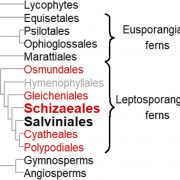
On the Inside: Blue Light Sensitivity in One Order of Ferns
Plant Physiology, Plant Physiology: On The InsideStomata respond to changes in the light environment through multiple mechanisms that jointly regulate the tradeoff between carbon assimilation and water loss. The rapid and highly sensitive widening of stomatal aperture in response to low-fluence blue light is present in most vascular plant groups but…
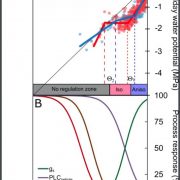
Extrapolating physiological response to drought through step-by-step analysis of water potential
Blog, Plant Physiology, Plant Physiology: News and Views, ResearchGuillaume Charrier
Université Clermont Auvergne, INRAE, PIAF, F-63000 Clermont-Ferrand, France.
[email protected]
Water potential (Ψ) defines the energy required to move water between the different compartments of a closed system. Water flows passively in the direction of decreasing…
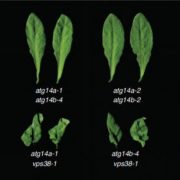
How to Eat One’s Feelings: Autophagy and Phosphatidylinositol 3-Phosphate
Blog, Research, The Plant Cell, The Plant Cell: In BriefMoving around taught me two essential skills, only one being relevant here: how to put up wallpaper, and how critical it is to label boxes to help the moving company drop them at their intended location. Now think of a cell: the boxes are vesicles, their contents are proteins and metabolites, and the…

Review: Homoeologous exchanges, segmental allopolyploidy, and polyploid genome evolution (Front. Genetics)
Plant Science Research WeeklyPolyploidy or whole-genome duplication (WGD) is an important process in plant evolution and speciation. Additional sets of chromosomes can be derived from intraspecific genome duplication (autopolyploidy) or hybridization of divergent genomes and chromosome doubling (allopolyploidy). In early stages…

